Researchers at the University of Texas at El Paso (UTEP) have created a supercapacitor with a record level of energy storage, marking a significant advancement in the field.



The first observation of neutrinos produced at a particle collider opens a new field of study and offers ways to test the limits of the standard model.
Neutrinos are among the most abundant particles in the Universe, but they rarely interact with matter: trillions pass through us every second, but most of us will never have even a single one interact with the matter in our bodies. Nonetheless, scientists can study these particles using high-intensity neutrino sources and detectors that are large enough to overcome the rarity of neutrino interactions. In this way, neutrinos have been observed from the Sun, from cosmic-ray interactions in the atmosphere, from Earth’s interior, from supernovae and other astrophysical objects, and from artificial sources such as nuclear reactors and particle accelerators in which a beam of particles hits a fixed target. But no one had ever detected neutrinos produced in colliding beams. This feat has now been achieved by the Forward Search Experiment (FASER), located at the Large Hadron Collider (LHC) at CERN in Switzerland [1].
As neutral particles, neutrinos cannot be directly observed by detectors of the kind used in particle colliders. Instead, scientists study neutrinos via the particles produced when incoming neutrinos interact with matter: the properties of the incoming neutrinos can be inferred from the measured properties of their interaction products. While these interactions are always rare, their probability increases with neutrino energy. In a particle collider, the highest energy neutrinos are most likely to be produced in a region of the collider where there are no particle detectors. Collider experiments are built to surround the colliding beams with detectors, with only a small central region left empty to allow for the entry and exit of the beams. It is in this empty “forward” region, along the collision axis, that the highest energy neutrinos are most likely to be produced.
Another day, another mind-bending discovery by the James Webb Space telescope!And this time it has caught glimpse of possible first ever Dark Stars! What are dark stars and why is this discovery so huge?
Intriguing insights have emerged from a collaborative effort involving three astrophysicists from The University of Texas at Austin, and Colgate University. Their investigation delved into the images captured by the James Webb Space Telescope, leading to the identification of three luminous objects that could potentially be dark stars.#darkmatter #stars #jameswebbspacetelescope Join Lab360 to get access to some amazing perks:
https://www.youtube.com/channel/UCZYqWTQJzJaMW7jFG16p8ug/joinSubscribe:
http://bit.ly/1V77IUhWelcome to Lab 360! The ultimate destination for the latest space news and space documentaries from the world of astronomy and astrophysics. Stay updated with all the current discoveries from NASA, James Webb Space Telescope, along with easily explained videos on black holes, asteroids, galaxies, planets, and more.
You will also find a collection of easy-to-perform experiments that will feed the science enthusiast in you! Are you ready?
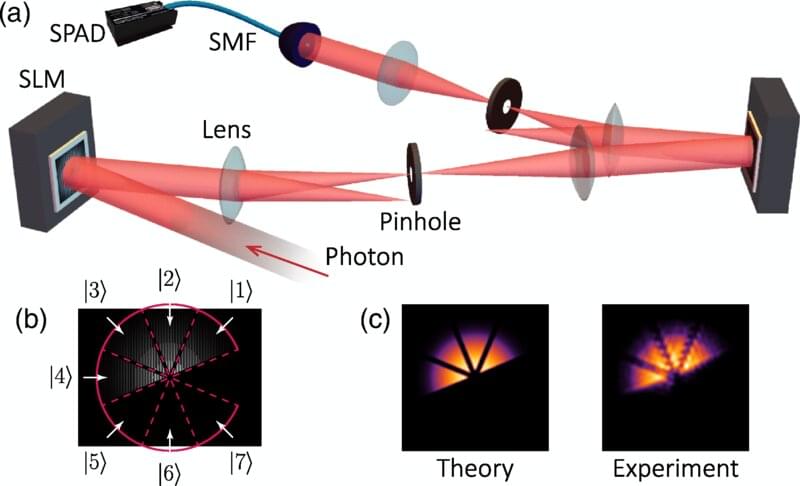
A team led by Prof. Li Chuanfeng and Prof. Xu Jinshi from the University of Science and Technology of China (USTC) of the Chinese Academy of Sciences (CAS), collaborating with Prof. Chen Jingling from Nankai University and Prof. Adán Cabello from the University of Seville, studied the single-system version of multipartite Bell nonlocality, and observed the highest degree of quantum contextuality in single system. Their work was published in Physical Review Letters.
Quantum contextuality refers to the phenomenon that the measurements of quantum observables cannot be simply considered as revealing preexisting properties. It is a distinctive feature in quantum mechanics and a crucial resource for quantum computation. Contextuality defies noncontextuality hidden-variable theories and is closely linked to quantum nonlocality.
In multipartite systems, quantum nonlocality arises as the result of the contradiction between quantum contextuality and noncontextuality hidden-variable theories. The extent of nonlocality can be measured by the violation of Bell inequality and previous researches showed that the violation increases exponentially with the number of quantum bits involved. However, while single-particle high-dimensional system offers more possibilities for measurements compared to multipartite systems, the quest to enhance contextual correlation’s robustness remains an ongoing challenge.
Abstract: I do not share the feeling that consciousness (whatever this means) cannot be understood in the context of the known physical laws. So far we do not understand it well, but neither do we fully understand thunderstorms, for that matter. I offer three small contributions in the direction of a direct naturalistic account of consciousness: (i) a purely physical account of agency and the openness of the future, which traces the source of information to past low entropy; (ii) a purely physical basis for a simple notion of “meaning”; and (iii) a suggestion that current understanding of quantum matter (without need of panpsychism) weakens the apparent hiatus between the mental and the physical.
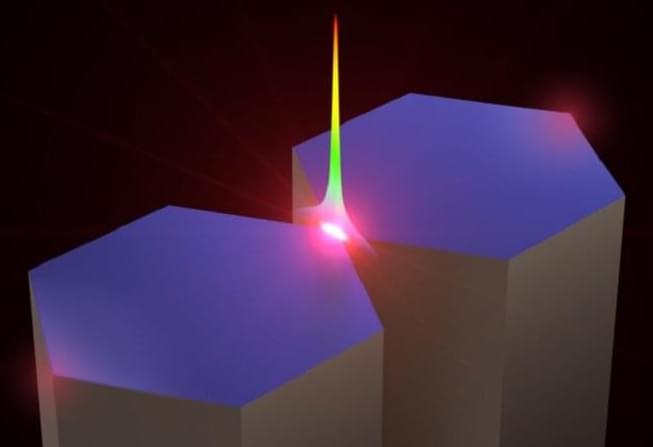
Imagine shrinking light down to the size of a tiny water molecule, unlocking a world of quantum possibilities. This has been a long-held dream in the realms of light science and technology. Recent advancements have brought us closer to achieving this incredible feat, as researchers from Zhejiang University have made groundbreaking progress in confining light to subnanometer scales.
Traditionally, there have been two approaches to localize light beyond its typical diffraction limit: dielectric confinement and plasmonic confinement. However, challenges such as precision fabrication and optical loss have hindered the confinement of optical fields to sub-10 nanometer (nm) or even 1-nm levels. But now, a new waveguiding scheme reported in Advanced Photonics promises to unlock the potential of subnanometer optical fields.
Picture this: Light travels from a regular optical fiber, embarking on a transformative journey through a fiber taper, and finds its destination in a coupled-nanowire-pair (CNP). Within the CNP, the light morphs into a remarkable nano-slit mode, generating a confined optical field that can be as tiny as a mere fraction of a nanometer (approximately 0.3 nm). With an astonishing efficiency of up to 95% and a high peak-to-background ratio, this novel approach offers a whole new world of possibilities.
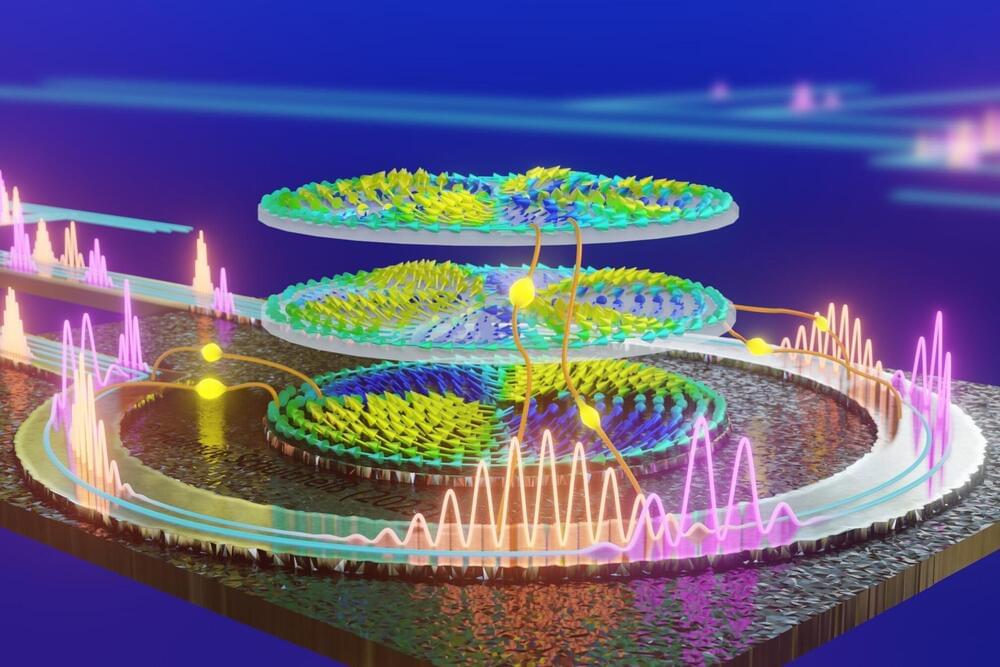
Neuromorphic computers do not calculate using zeros and ones. They instead use physical phenomena to detect patterns in large data streams at blazing fast speed and in an extremely energy-efficient manner.
In their project NIMFEIA, Katrin and Helmut Schultheiß along with their team from the Helmholtz-Zentrum Dresden-Rossendorf (HZDR) have now taken this technology a tremendous step forward. They also demonstrated that their approach can be seamlessly integrated into conventional chip manufacturing. Their findings have now been published in Nature Communications.
What the researchers have developed at the HZDR-Institute of Ion Beam Physics and Materials Research is referred to by many names. “Neuromorphic computing,” for example, is one term, as the processes resemble those that occur within the brain. “Unconventional computing” is another name, as the technology is so different from the data processing that we are accustomed to today, which uses the Boolean logic of zeros and ones.
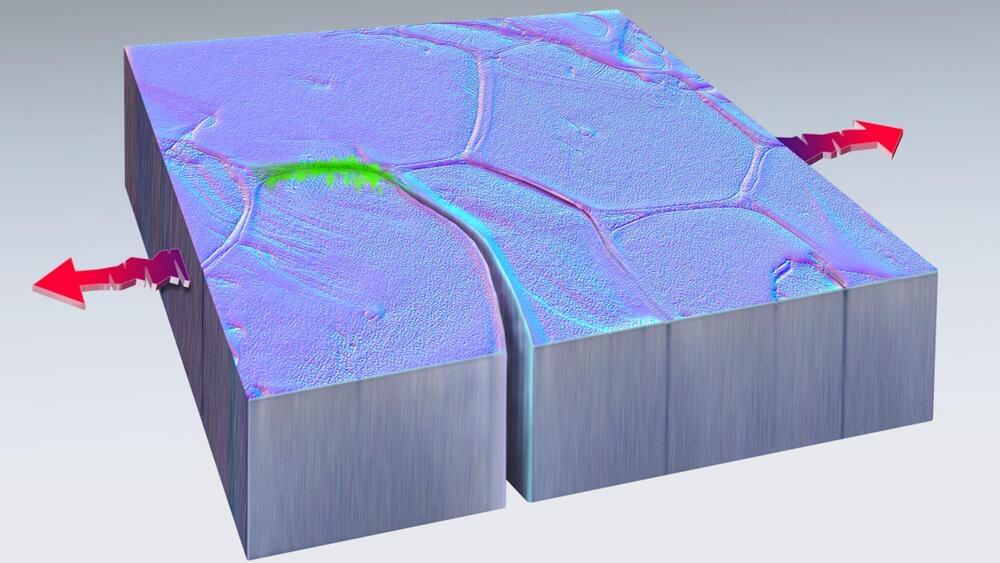
Metals aren’t known to “heal” themselves on their own; once they break, it’s assumed the materials remain broken unless outside forces reform them. But new research into metallic properties indicates this isn’t always the case. In fact, some metals appear to naturally mend of their own accord—a discovery that could one day change engineering designs here on Earth and beyond.
According to a study published last week in Nature, materials scientists from Sandia National Laboratories in Albuquerque, New Mexico, and Texas A&M University discovered at least some metals—in this case copper and platinum—can “undergo intrinsic self-healing.” As Live Science recently noted, the team’s observations came completely by accident while observing the two materials at a nanoscale level.
[Related: Watch this metallic material move like the T-1000 from ‘Terminator 2’].
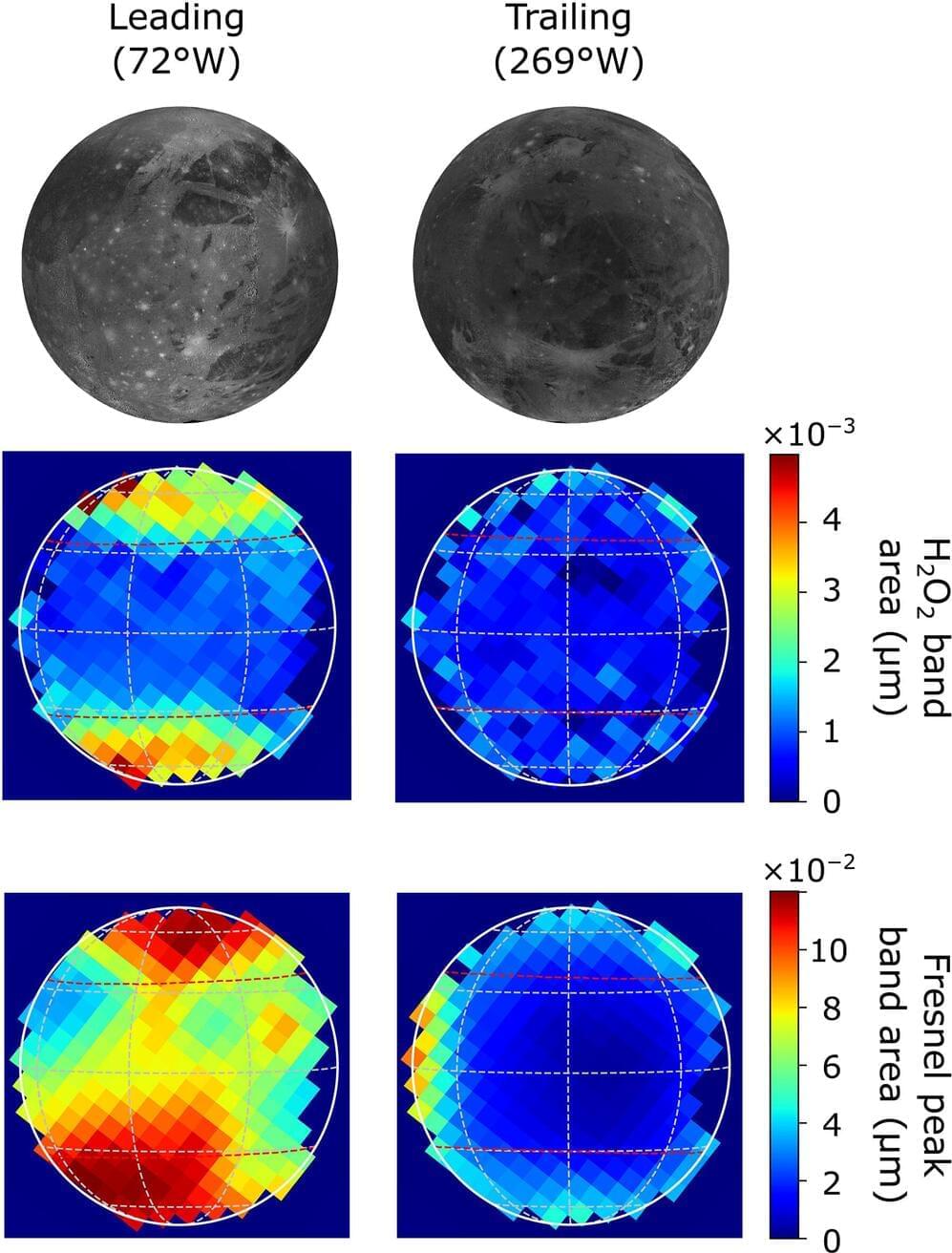
An international team of space scientists has found evidence that hydrogen peroxide on Ganymede, Jupiter’s largest moon, exists only on its higher latitudes. For their research, reported in the journal Science Advances, the group studied data from the James Webb Space Telescope (JWST).
For many years, researchers theorized that hydrogen peroxide existed on Ganymede, but it took a prior team studying data from the JWST to find it. In this new effort, the research team analyzed new data sent back by the telescope to learn more about the surface of the moon and its hydrogen peroxide.
Ganymede is the largest moon in the solar system, but it has not received nearly the attention given to another of Jupiter’s moons, Europa, whose features and characteristics make it far more likely to have harbored life at some point in time. But prior research has shown that the influence of Jupiter’s magnetic field on many of its moons could indicate a strong probability of hydrogen peroxide on Ganymede. This is because of its likely impact on the water-ice irradiation process on its surface.

SpaceX has shared a stunning shot (above) of its next-generation Super Heavy booster on the launchpad.
The image shows the most powerful rocket in the world under a starlit sky at SpaceX’s Starbase site in Boca Chica, Texas. At the bottom of the booster, we can see some of the Super Heavy’s 33 Raptor engines that will blast the rocket to orbit.